Where the wall meets the ceiling
graywings123
14 years ago
Related Stories

KITCHEN OF THE WEEKKitchen of the Week: Where Indoor and Outdoor Living Meet
A remodel of a 1923 Florida kitchen adds a large island, bold color and a connection to a new outdoor cooking and dining space
Full Story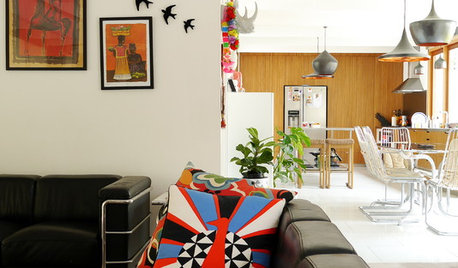
HOMES AROUND THE WORLDMy Houzz: Where Palm Springs Meets Gum Trees
A love of midcentury design and a knack for renovating lead this family to a 1960s gem on the outskirts of Melbourne
Full Story
CONTEMPORARY HOMESHouzz Tour: Where ’60s London and Texas Style Meet
A midcentury ranch house’s architecture and a couple’s English and Lone Star State backgrounds come into play in a spirited renovation
Full Story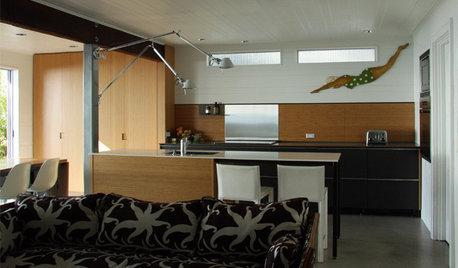
LIGHTINGAnglepoise Lamps: Where Beauty Meets Industry
Inspire Yourself and Enhance Your Space With a Sleek Tilting Task Light
Full Story
REMODELING GUIDESWhere to Splurge, Where to Save in Your Remodel
Learn how to balance your budget and set priorities to get the home features you want with the least compromise
Full Story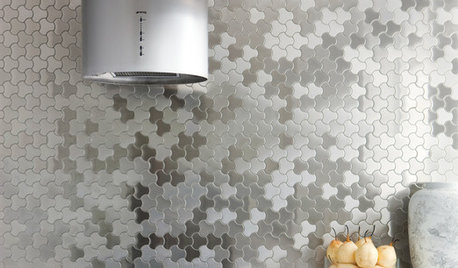
DECORATING GUIDESBling Where It’s Least Expected
Give your interior some sparkle and shine with metal tiles on a backsplash, shower or floor
Full Story
ARCHITECTUREMeet the Next Generation of Incredibly Adaptable Homes
Move a wall or an entire kitchen if you please. These homes scale down and switch it up with ease as needs change
Full Story
ECLECTIC HOMESHouzz Tour: Midcentury Meets Mediterranean in California
Squash-colored walls are painted crisp white to provide a bright backdrop for modern furnishings, lighting and textiles
Full Story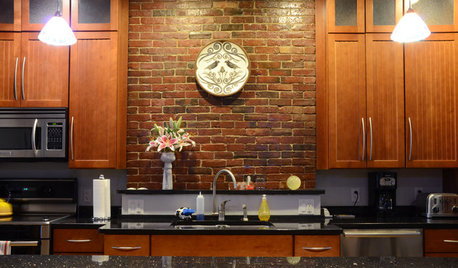
ECLECTIC HOMESMy Houzz: Old Meets New in Boston
Meaningful art, original brick walls, contemporary furnishings and an inviting open layout are part of this couple’s first home
Full Story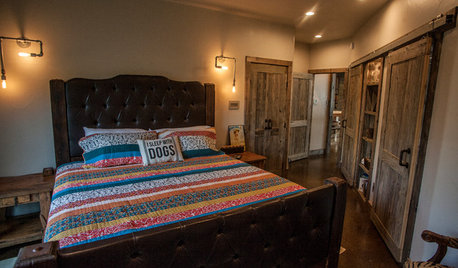
RUSTIC STYLEHouzz Tour: Modern Meets Rustic on a Lake in Texas
A builder uses her home as a design-construction lab, fashioning gabion walls, pipe lights and reclaimed-wood features
Full StoryMore Discussions











Lori A. Sawaya
paintguy22
Related Professionals
Fairfax Painters · Burien Painters · Camden Painters · Minneapolis Painters · Calumet City Painters · Manville Cabinets & Cabinetry · North Massapequa Cabinets & Cabinetry · Red Bank Cabinets & Cabinetry · Arlington Flooring Contractors · Avon Flooring Contractors · Belvedere Park Flooring Contractors · South Lake Tahoe Flooring Contractors · Sycamore Flooring Contractors · Trenton Flooring Contractors · McKeesport Flooring Contractorsdecorativewalls
graywings123Original Author
Lori A. Sawaya
mikeshilk